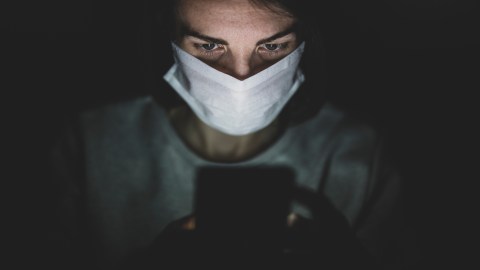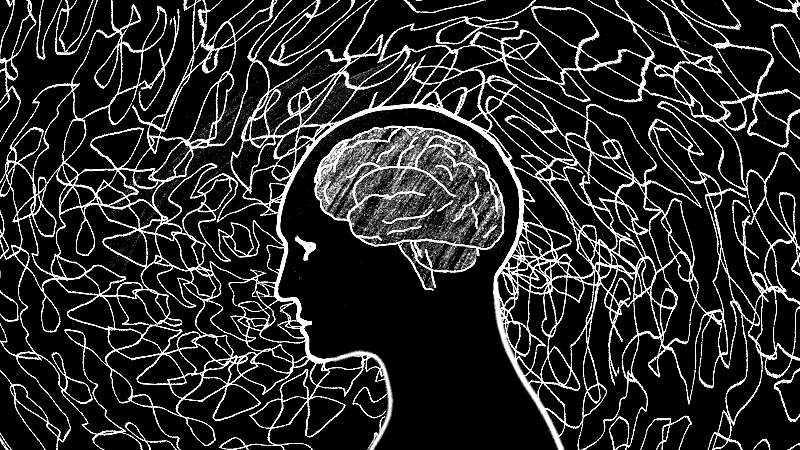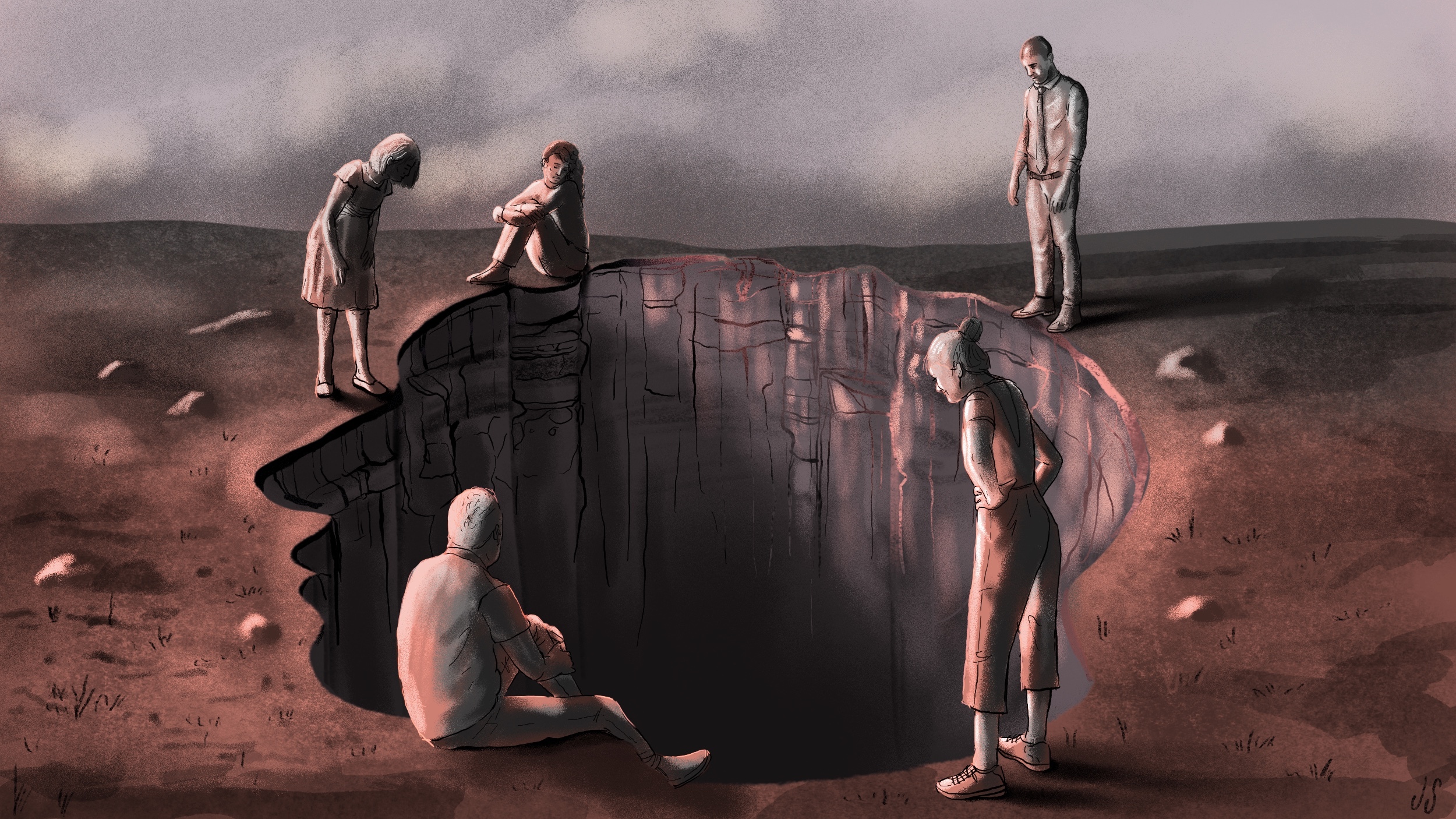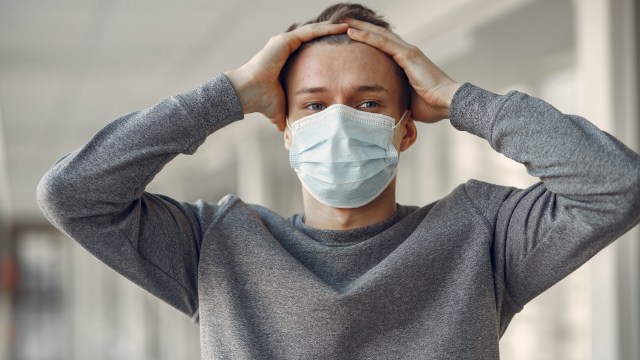Anxiety related internet searches hit new high during pandemic

Photo by Engin Akyurt from Pexels
- A new study finds that searches for terms related to “anxiety attack” spiked after COVID reached America.
- The increase was largest around the time the U.S. surpassed China in number of cases.
- The study can’t prove that anxiety rates have gone up, but other surveys suggest they have.
Are you feeling a little high strung lately? You’re not alone. COVID-19 has left many people more anxious, stressed, and depressed. Between the lockdowns, the spike in unemployment, the rising death tolls, and no clear end in sight, it is easy to understand why. A new study reported that Google searches for anxiety-related topics increased in the months after COVID hit the United States.
The study, “Internet Searches for Acute Anxiety During the Early Stages of the COVID-19 Pandemic,” was published in JAMA Internal Medicine.
The researchers reviewed the frequency of Google searches that mentioned terms like “anxiety attack” or “panic attack,” which also includes inquiries such as “Am I having a panic attack,” from between January 2004 to May 4, 2020. Special attention was paid to the data coming after March 13, 2020, when a national emergency was declared.
Using the data from prior to March 13, they were able to model how searches for these terms may have continued without a pandemic. This model was then compared to the actual number of searches on the days after the emergency was declared.
The overall number of acute anxiety-related searches was 11 percent higher than expected, reaching an all-time high for searches on that topic. This averages to 375,000 more per day.
The greatest increase was between March 16 and April 14, when the daily values were an average of 17 percent higher than expected. This stretch included March 28, the worst day for a spike in searches at 52 percent higher than expected, and a slew of bad news related to the pandemic including the imposition (and extension) of social distancing guidelines, the United States passing China in total cases, the recommendation of the use of face masks, and the U.S. passing Italy in total deaths.
After April 14, the number of searches returned to expected levels and remained there. The exact reasons are not known.
Dr. Eric Leas, an assistant professor at UCSD and study co-author, explained the usefulness of these findings: “The pandemic and our public health response, while warranted based on early evidence, could have many unintended and collateral health impacts. Our results provide among the first insights into understanding those impacts.”
The authors admit that this study cannot demonstrate that the increased number of searches was caused by an increase in the number of panic attacks. Still, it does provide “evidence of the collateral psychological effects stemming from COVID-19, and motivates several data-driven recommendations.”
The idea that these searches, even if not directly related to an increase in symptoms, indicate the pandemic has some effect on mental health is supported by other data.
A continuing poll by Chapman University shows the pandemic is making people anxious, and the FDA reported a shortage of anti-depressants and anti-anxiety medications, notably Zoloft, hitting the U.S. shortly after the time frame examined in this study. This shortage is suspected to be caused by both supply line problems and a demonstrated increase in demand.
While the broader reasons why people are stressed out, like the pandemic, are issues that take extensive, coordinated efforts to bring under control, the study’s authors do have a few suggestions on how to help mitigate the spikes in anxiety related to them.
They advise that continuing attention be paid to attempts to gather information about mental health issues, particularly anxiety-related ones, as the pandemic continues.
Secondly, they suggest that more resources should be put into addressing acute anxiety in the short run. They single out Illinois’ “Call4Calm” hotline, which provides access to anxiety counseling, as an excellent program which could easily be replicated nationally. They also point out how Google provides helpline information for some mental illness related searches but not others, and suggest they add such information to inquiries about anxiety.
They also posit that reviews of increased search activity could be used to guide mental health policy going forward, with increased traffic guiding policy decisions concerning where resources can be allocated.
The social anxiety playbook: Defeat your demons | Big Thinkwww.youtube.com
The prevalence of anxiety in the United States was already on the way up before COVID-19 arrived. Forty million American adults, around a fifth of the population, have some anxiety issues each year. The percentage of surveyed people who say that they are getting more anxious each year is quite high, hovering around a third in APA surveys from 2018 and 2019.
COVID-19 is worrying, but it might have just been another straw on an anxious camel’s back.
Log Inbigthink.com





